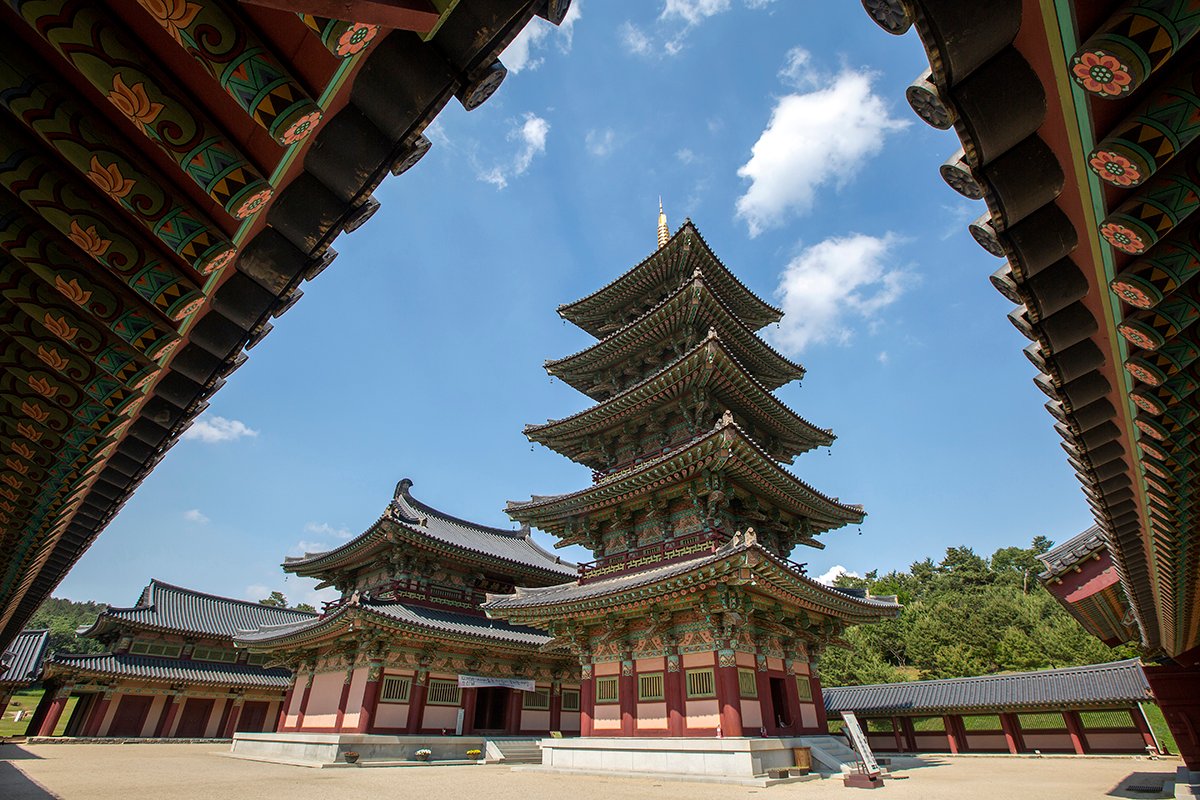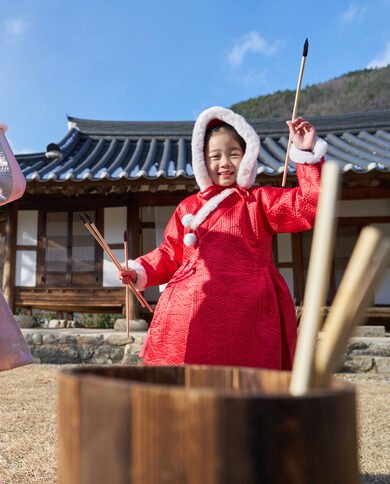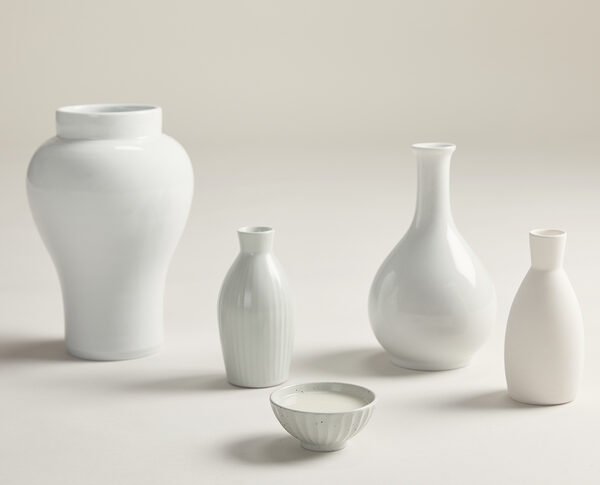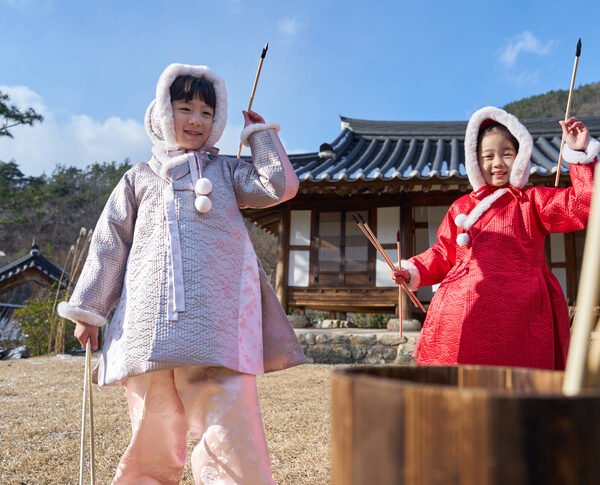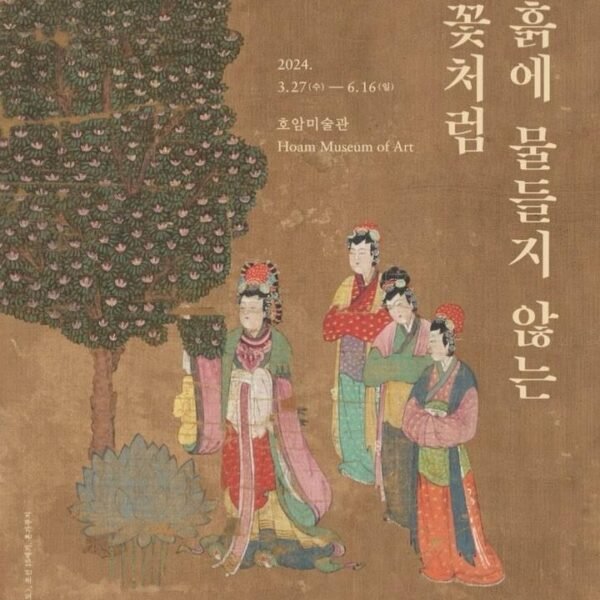Korea, a land steeped in rich history and vibrant culture, hosts an array of mesmerizing sites. In this blog post, we’ll explore the enchanting narratives of Korea’s top five temples: Beomeosa, Tongdosa, Songgwangsa, Hwaeomsa, and Haeinsa. Let’s delve into the heart of spirituality.
Beomeosa(범어사): A Gateway to Tranquility
Discovering Beomeosa’s Majestic Aura

Nestled in the lush greenery of the Busan mountains, Beomeosa is a sanctuary of tranquility and spirituality. Founded in 678 AD, the temple has witnessed centuries of devotion. The architecture, a blend of traditional Korean and Chinese styles, adds to its aesthetic allure.
Beyond its stunning visuals, Beomeosa holds cultural treasures, including the Three-story Stone Pagoda and the Four Heavenly Kings. The vibrant events, like the Lotus Lantern Festival, attract visitors from across the globe, providing a glimpse into Korea’s rich cultural tapestry.
Tongdosa(통도사): Where History and Spirituality Converge
Journey Through Time at Tongdosa

Located in the Gyeongsang Province, Tongdosa is a living testament to Korea’s resilience. Established in 646 AD, the temple miraculously escaped the ravages of war, preserving its historical and spiritual essence. The Triptaka Koreana, a collection of Buddhist scriptures, is housed here, making Tongdosa a revered pilgrimage site.
The intricate architectural details, such as the ornate Daeungjeon Hall, showcase the dedication to preserving Korea’s cultural legacy. Visitors can partake in temple stays, immersing themselves in the daily life of the monks.
Songgwangsa(송광사): Embracing Wisdom Amidst Nature’s Bounty
Nature’s Symphony at Songgwangsa

Nestled in the embrace of Mount Jogyesan, Songgwangsa is a testament to the harmonious coexistence of nature and spirituality. The temple, surrounded by ancient trees, provides a serene backdrop for introspection.
Songgwangsa’s unique layout, with the Three Jewels Hall and the Eungjinjeon Hall, reflects its commitment to preserving Buddhist teachings. Pilgrims and tourists alike are drawn to the temple’s serene ambiance, creating an oasis of peace in the heart of nature.
Hwaeomsa(화엄사): A Tapestry of Buddhist Artistry
Admiring Hwaeomsa’s Artistic Grandeur

Situated in the picturesque Jirisan National Park, Hwaeomsa is a treasure trove of Buddhist artistry. Founded in 544 AD, the temple boasts intricate sculptures and paintings that narrate stories of devotion and craftsmanship.
The Daeungbojeon, the main hall, is a prime example of Hwaeomsa’s architectural grandeur. Visitors can witness Buddhist rituals and ceremonies, providing a deep insight into the spiritual practices that have endured for centuries.
Haeinsa(해인사): Guarding the Tripitaka Koreana
Preserving Ancient Wisdom at Haeinsa

Nestled on the slopes of Mount Gaya, Haeinsa stands as the guardian of the Tripitaka Koreana, a UNESCO World Heritage site. Constructed in 802 AD, the temple houses over 80,000 wooden printing blocks containing Buddhist scriptures.
Haeinsa’s architectural brilliance, from the Main Hall to the Janggyeong Panjeon, reflects the meticulous care in preserving these invaluable scriptures. The temple invites visitors to witness the intersection of history and spirituality, making it a must-visit destination for those seeking a profound cultural experience.
Korea’s top five temples stand as living testaments to the nation’s spiritual legacy. Be it the tranquil beauty of Beomeosa, the historical resonance of Tongdosa, the natural symphony of Songgwangsa, the artistic grandeur of Hwaeomsa, or the sacred preservation at Haeinsa — each temple offers a unique journey into Korea’s rich tapestry of culture and spirituality. Embark on this exploration, and let the whispers of the past guide you through the present.

